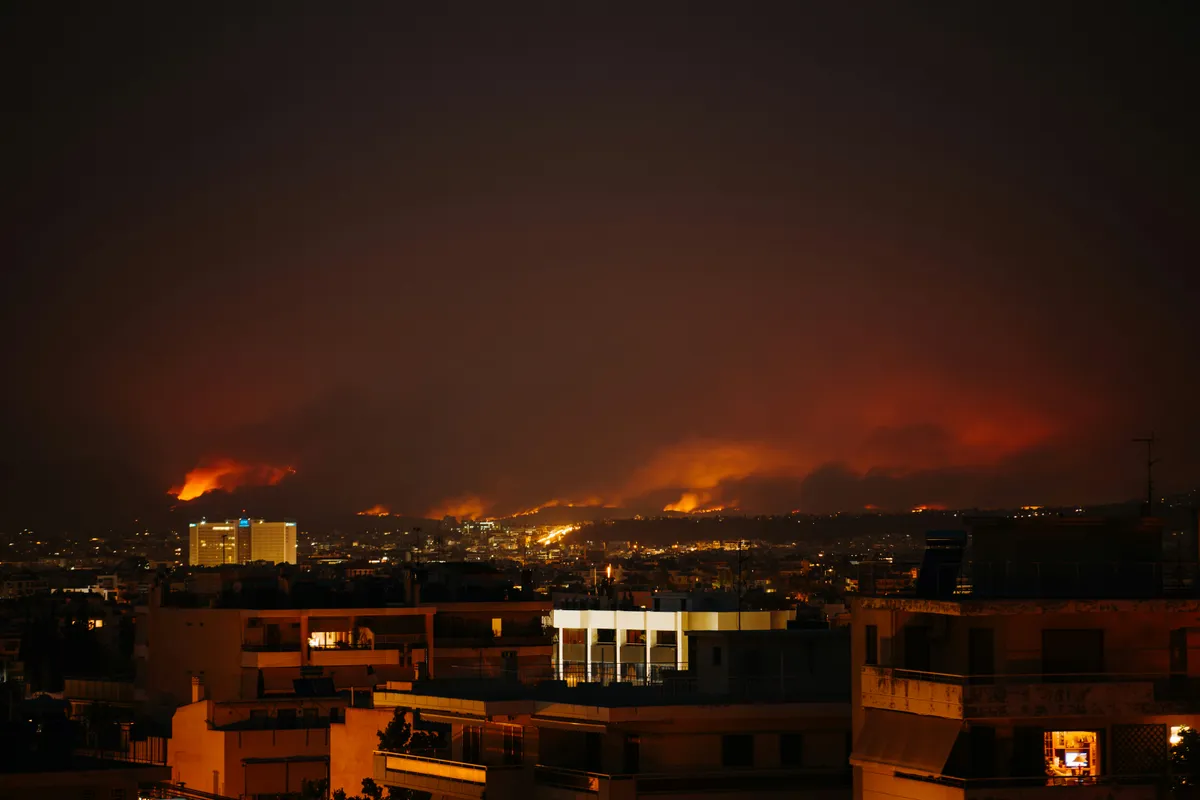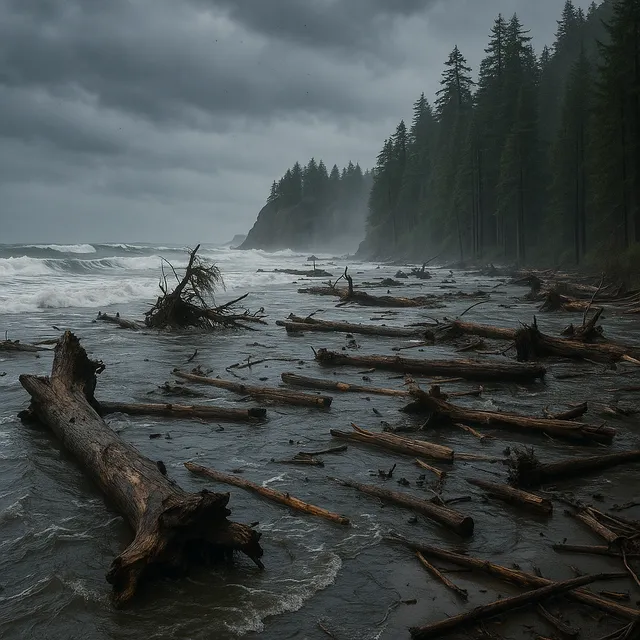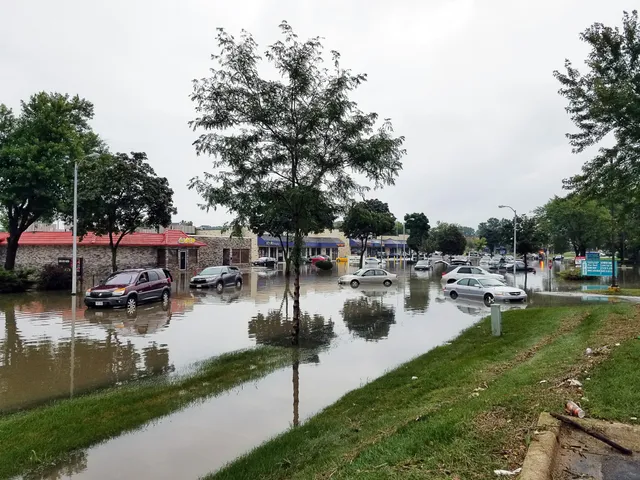Wildfires don’t just destroy homes—they create long-term displacement, financial hardship, and emotional trauma that can last for years. The Center for Disaster Philanthropy recently hosted a webinar, Destructive and Unexpected: What Funders Should Know About Wildfire Recovery, featuring experts who shared valuable lessons on what individuals and families should do before, during, and after a wildfire.
While funders and nonprofits play a critical role in rebuilding communities, families must take action to protect themselves. Below are key takeaways from the webinar to help individuals navigate wildfire readiness and recovery.
Preparing for a Wildfire: What Families Need to Do
Understand the Realities of Wildfire Recovery
Wildfires don’t just cause immediate destruction—they create long-term disruptions that many families aren’t prepared for.
➡️ Key Insight: Dr. Rosemary Veniegas (at California Community Foundation) emphasized that displacement occurs in waves and may take months or even years to fully measure. Families should plan for the possibility that returning home may not be immediate.
Have a Financial Plan and Cash on Hand
Wildfire recovery often requires navigating insurance policies, FEMA assistance, and other aid sources.
➡️ Key Insight: Katie Simmons (Administrative Officer at Butte County) explained that the way insurance payouts are used can have long-term consequences. Families who rely on their insurance funds for temporary housing may later find that they need those funds to qualify for housing reconstruction assistance.
➡️ Key Insight: Nina Knierim (CORE) stressed that cash is critical during a disaster. ATMs and card payment systems may be down, and families should keep physical cash on hand to cover essential expenses like food, gas, and lodging.
Know Who is Most at Risk in Your Community
Certain groups—including seniors, people with disabilities, and undocumented workers—face higher risks during wildfires.
➡️ Key Insight: Dr. Veniegas pointed out that many elderly wildfire victims were unable to evacuate or did not receive timely warnings. Families should check on vulnerable neighbors and relatives to ensure they have evacuation plans in place.
➡️ Key Insight: Dr. Veniegas also highlighted that many undocumented individuals fear seeking government assistance due to immigration concerns. Families should identify trusted community resources that provide aid regardless of legal status.
Be Aware of Housing and Insurance Challenges
California’s housing crisis and rising insurance costs are making wildfire recovery even harder.
➡️ Key Insight: Katie Simmons noted that homeowners are finding it increasingly difficult to obtain or afford fire insurance, which can impact their ability to rebuild after a disaster. Families should review their insurance coverage now to avoid gaps in protection.
➡️ Simmons also cautioned that rebuilding can be delayed by hidden legal issues, such as unclear property boundaries and land ownership disputes—issues many homeowners don’t realize until after a wildfire destroys their home.
Recovering After a Wildfire: What to Expect
Expect a Long and Complex Process
➡️ Key Insight: Katie Simmons explained that some survivors may need one to two years just to process their losses and handle basic recovery steps—such as itemizing insurable losses, determining if they qualify for rebuilding assistance, and deciding whether they want to rebuild at all.
Be Strategic About Disaster Aid
➡️ Key Insight: Katie Simmons warned that spending insurance payouts too quickly on temporary needs can impact eligibility for rebuilding funds. Families should seek financial guidance early to avoid unintentional mistakes.
Watch for Scams and Financial Pitfalls
➡️ Key Insight: Simmons cautioned that fraudulent contractors and predatory lenders often target wildfire survivors. Families should verify contractor licenses and be cautious of loan offers that seem too good to be true.
Prioritize Mental Health and Emotional Recovery
Wildfires don’t just destroy homes—they leave lasting emotional scars.
➡️ Key Insight: Dr. Rosemary Veniegas explained that the need for behavioral health support doesn’t end when the wildfire is extinguished—it can last for years. Families should be aware that wildfire trauma may impact both adults and children long after the event, and seeking mental health resources early can be crucial for long-term recovery.
➡️ Katie Simmons added that children, in particular, need ongoing support, as their routines and sense of security are completely disrupted. Checking in on kids long after the fire has passed is just as important as addressing their immediate needs.
Key Takeaways for Families
✅ Plan ahead financially – Understand insurance policies, track disaster aid carefully, and keep cash on hand.
✅ Prepare for long-term recovery – Displacement and rebuilding take years, not months.
✅ Identify at-risk family members – Have a plan for seniors, disabled individuals, and others who may need extra help evacuating.
✅ Be cautious with aid money – Spending insurance payouts too early can disqualify you from future assistance.
✅ Take care of your mental health – Seek trauma support and check in on children long after the event.
Final Thoughts
Recovering from a wildfire is a long and complex journey. Families who plan ahead—by understanding insurance policies, securing financial stability, and prioritizing mental health—can navigate recovery more effectively and avoid unnecessary hardship.




